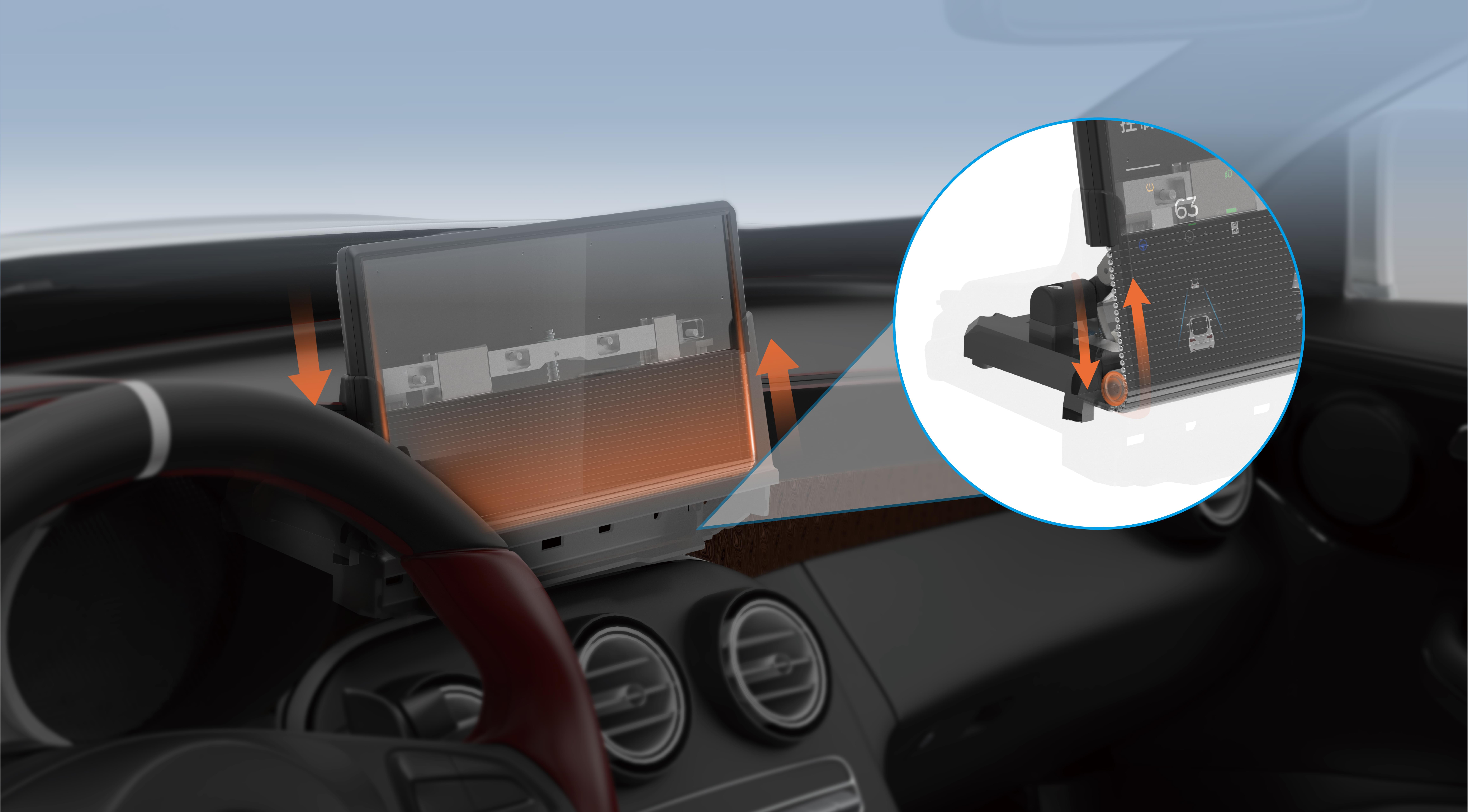Looking into how to wire a 4-wire brushless motor can be a game-changer—especially if you’re tinkering with drone builds or robotics. Once you get the wiring diagram straight, everything clicks into place; it’s like unlocking a secret to smooth operation and optimal efficiency.

Here’s what makes it interesting: a 4-wire brushless motor isn’t just about connecting wires randomly. It’s about understanding the role each wire plays—power, ground, and the two signals for commutation. These motors typically have three main wires—phase wires—and a speed sensor wire, usually a Hall sensor, which is the fourth. That sensor wire acts like the motor’s radar, telling your controller exactly where the rotor is, making for precise control.
Imagine this: you’re trying to build a small drone or an RC car, and suddenly, you realize that wiring it wrong can cause jittery movements or even burn out your motor. That’s where having a solid diagram comes into play. It visually maps out which wire connects to which pin on your ESC (electronic speed controller), preventing a lot of trial and error.
Now, the question that often pops up—how do you identify which wire is which? Usually, the motor comes with a label or it’s color-coded. Red and black tend to be power and ground, while white or yellow are signal wires, but no two brands are exactly the same. Checking the datasheet or user manual often helps clarify. Some diagrams even show a little pulse pattern—spinning it manually and watching sensor output—so you can see which wire sends what kind of signals.
Wiring beyond just connecting is about understanding the pairing. Once wired properly, the ESC reads those signals from the sensor wire and tells the motor when to brush off or speed up. Without that, you risk the motor running unevenly or stalling. Proper wiring ensures smooth acceleration, deceleration, and just all-around better performance.
People ask, “Can I tweak this wiring?” Sure, in certain setups, you might want to switch the sensor wires around if you suspect the sensor is wired backward, but that’s more advanced. For most, sticking to the recommended diagram keeps things simple and reliable.
Precision here counts. A well-illustrated wiring diagram acts as your roadmap. It saves time, reduces frustration, and lets you focus on the fun part—getting your project up and flying or rolling smoothly. When it’s done right, it’s almost satisfying to see that motor spin up with just a little flick of the switch, knowing every wire is properly managed.
Some of the coolest things happen when you get this right—quieter run, longer lifespan, more torque. So, whether you’re a hobbyist or just dabbling in some DIY projects, mastering that 4-wire wiring diagram sets you ahead of the game.
Leveraging innovations in modular drive technology, Kpower integrates high-performance motors, precision reducers, and multi-protocol control systems to provide efficient and customized smart drive system solutions.




































